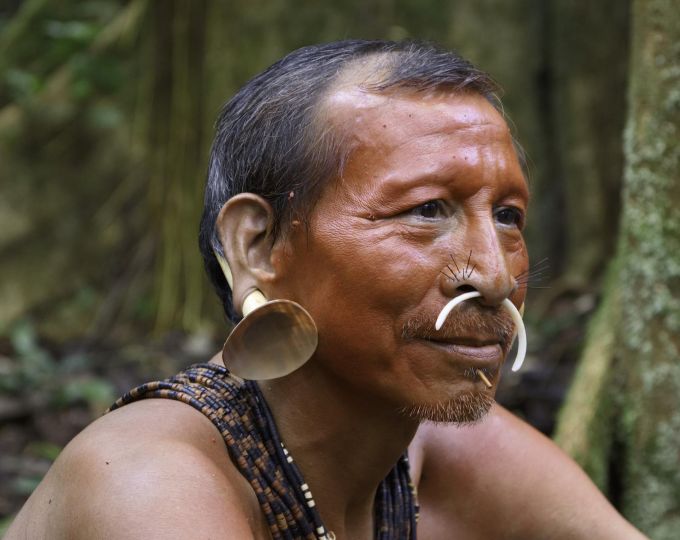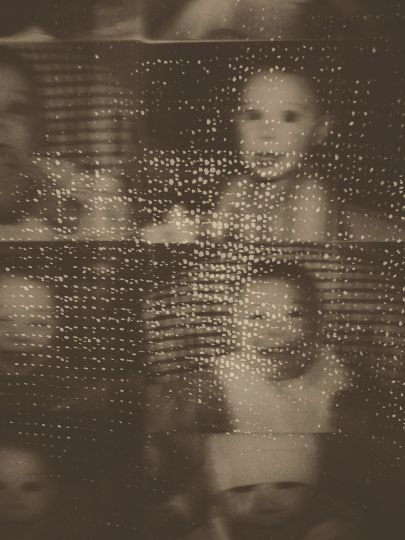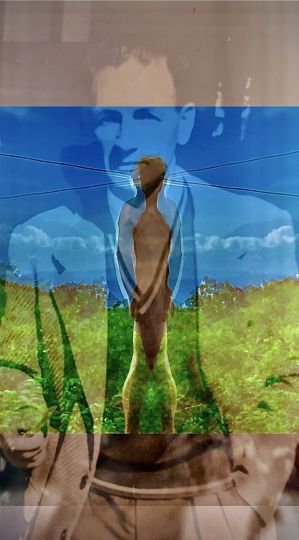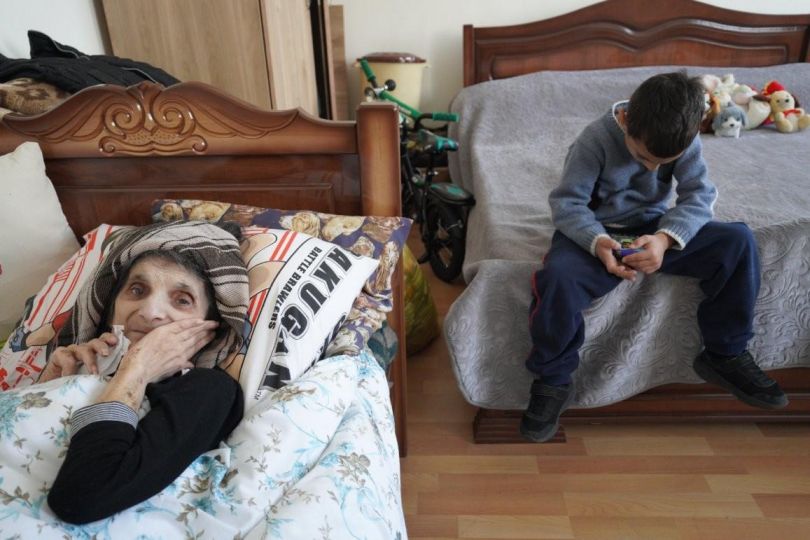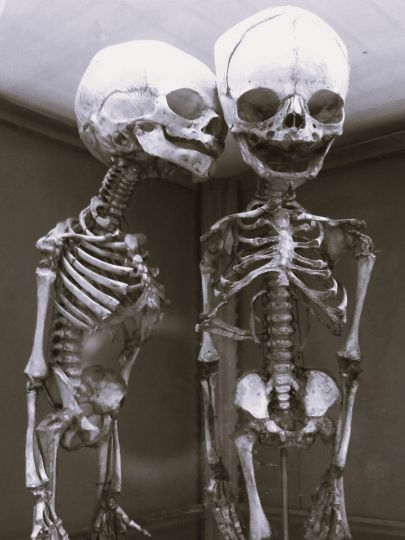As a student, Darling’s first documentatry project was a series on the activities of the American Nazi Party. Forty years later he returned to related subject matter by documenting a group that endured the unprecedented horrors of Nazi Germany. (See the first 3 pictures)
Little Big Man, directed by Arthur Penn, opens with a young reporter interviewing a wrinkled, withered nursing home resident about his alleged participation in the battle of Little Big Horn and his life during the years of western expansion. Jack Crab, the ancient frontiersman, recounts his century-long life with firsthand knowledge of the people and events of the period. He does so without fear of contradiction. Jack is secure in the knowledge that there is no one else left that has experienced those same events or interacted with those same people. He realizes that he is the sole source for primary research on the subject, a final window to a particular past–the last of living memory. He is unique.
Writer Jorge Luis Borges has explored the same theme; the idea that something unique dies with each of us. What each person has experienced in this world leaves with him, never to be duplicated in quite the same manner by another. Imagine, Borges asks, what it would have been like to be the last man to have actually seen the face of Christ? That person took to the grave an experience shared by no other.
This state of becoming the last living member of a group, or at the least, the last few of a particular category, touches an emotion within many of us. We bestow a certain kind of reverence on the last of a line – that single thread that binds the past to the present, that tangible link of human history that will soon vanish leaving no flesh and blood reminder of what came before. In many cases, the honor and interest generated toward a survivor is not bestowed upon the recipient for any significant achievement in life, but simply from the fact that the person has survived longer than any of their peers. For instance, the last Confederate widow, final diminutive actor from the Wizard of Oz or, the last Native American speaker of Coos, a language once spoken by a tribe in Southern Oregon.
But for some, the journey along the arc of one’s life has been laden with difficulties and challenges encountered by few others. There are lessons to be learned from these people and compelling reasons to document as much as possible before the last living memory becomes irretrievable. Like frontiersman Jack Crab, these survivors embody the last opportunity for primary research. They too are unique. This act of recording living history about to vanish has shaped much of my career as a photographer and has fueled a life-long interest in history.
The ranks of the generation that lived through the horrors of World War II are rapidly thinning. Within the next few years, all the people who have experienced the wars seminal events will be gone. Living memory will cease to exist. I have recently become involved in visually documenting U.S. combat veterans who fought in that conflict. I have also recorded their oral histories.
There is another much smaller group of survivors from that same period that I am extremely interested in documenting as well. They are remnants of a group that endured the unprecedented horrors of Nazi Germany – the survivors of Terezin; the Nazi concentration camp located in the Czech Republic, forty miles north of Prague.
Nazi Germany began establishing an extensive network of concentration camps across Europe in the 1930’s. It has been estimated that there were nearly 1,500 camps during the Third Reich. Theresienstadt (later to become known as Terezin) began as a walled military town in the 17th century. In 1941 the Nazis began using the town’s military facilities as a holding prison for those deemed enemies of the German Reich. Within a year the entire town was converted into a prison. At its inception, the majority of those imprisoned at Terezin were Jews who had been rounded up from Bohemia and Moravia after the Nazi invasion of Czechoslovakia. This included many prominent Jews, especially those in the creative arts.
There were no gas chambers at Terezin (although some were under construction in 1944 when it was liberated). Terezin was classified as a transit camp where inmates were collected, then routed to the death camps to work as laborers or simply be exterminated. Most of the 88,000 prisoners transported from Terezin were killed at Auschwitz.
But death was far from a stranger at Terezin. Terrible conditions of perversity and horror prevailed there as well. More than 35,000 inmates perished at the camp while awaiting transport. Of the 155,000 Jews who initially arrived at Terezin, less than 8 percent survived the war
There has been a wealth of research and documentation in the past 65 years on Nazi concentration camps. But there are still stories to be told and images to add to that body of documentation. Each camp was somewhat unique from the others in the system. Terezin, by most accounts, had important features found at no other camp; the large numbers of artist and creative types imprisoned there, the legacy of art they produced while interned, and the use of the camp by the Nazi propaganda machine to deceive the International Red Cross are all unique to Terezin.
Yet the most important and timely part of this project is making portraits and recording the oral history of the small group of Terezin survivors who are still alive. Most are in their 80’s and 90’s. Most are child prisoners who lost one or more family members to the ovens of Auschwitz. What do they have to tell us now that they have had a lifetime to reflect on their childhood spent at Terezin? How did those experiences shape their lives? What do these people look like? Writer Lance Murrow has observed, “Photography puts marrow into the old bones of history.”
Photographs combined with personal narratives are the most powerful records that can be left for future generations. Primary sources trump everything else available.
Author and Holocaust survivor Samuel Pisar in an editorial in a January 2010 issue of The New York Times laments, that after 65 years, the last living survivors of the Holocaust are disappearing one by one. He points out that at best, only the impersonal voice of a researcher will soon be left to tell the Holocaust story. At worst, he warns, it will be told in the “malevolent register of revisionists and falsifiers.” He cautions that this process has already begun. “This is why those of us who survived have a duty to transmit to mankind the memory of what we endured in body and soul, to tell our children that the fanaticism and violence that nearly destroyed our universe have the power to enflame theirs, too.”
I desire to be one of those who records what they transmit – their images and their oral history.
Dennis Carlyle Darling. B.1946 Austin, Texas USA





